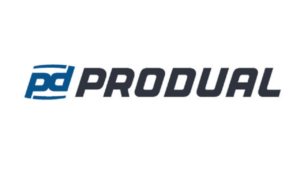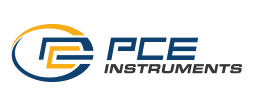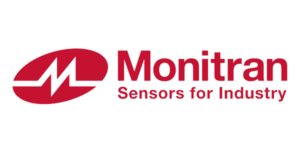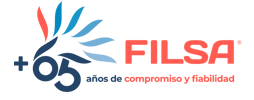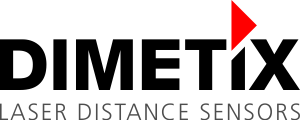Level Sensors for Liquids
The level sensors for liquids Level sensors are essential devices for measuring the height or volume of a liquid in a tank, reservoir or container. These sensors are essential in industries such as petrochemical, food, pharmaceutical and water treatment. Below are the main technologies used to measure the level of liquids, their operating principles, advantages, disadvantages and applications:
1. Floating Level Sensors:
These sensors use a float that moves up or down with the liquid level. The float can activate mechanical or magnetic switches to measure discrete or continuous levels.
2. Hydrostatic Level Sensors:
Based on the measurement of the pressure exerted by the liquid column on the sensor, the pressure is proportional to the height of the liquid and its density.
3. Ultrasonic Level Sensors:
They work by emitting ultrasonic sound waves towards the surface of the liquid. The time it takes for the echo to return is converted into a measurement of distance.
4. Radar Level Sensors:
They use high-frequency radio waves that bounce off the surface of the liquid. The distance is calculated from the time it takes for them to return to the sensor.
5. Capacitive Level Sensors:
They detect changes in capacitance when the liquid approaches an electrode or sensor. They are suitable for measuring continuous or point levels.
6. Optical Level Sensors:
They use optical principles, such as the change in the refractive index of the liquid, to detect levels. They can be point or continuous devices.
7. Conductive Level Sensors:
They detect the level through the electrical conductivity of the liquid. They generally use two or more electrodes to measure the resistance.
8. Laser Level Sensors:
They use a laser beam directed at the surface of the liquid. The sensor measures the time it takes for the laser to reflect, which allows the distance to be determined.
9. Bubble-Based Level Sensors:
They use a tube immersed in the liquid through which air is injected. The pressure required to force bubbling is measured and related to the height of the liquid.
Selecting the right level sensor depends on factors such as liquid type, level range, operating conditions, required accuracy, and budget. Evaluating each technology against specific needs ensures accurate, reliable, and sustainable results for the desired application.
Products: 8




